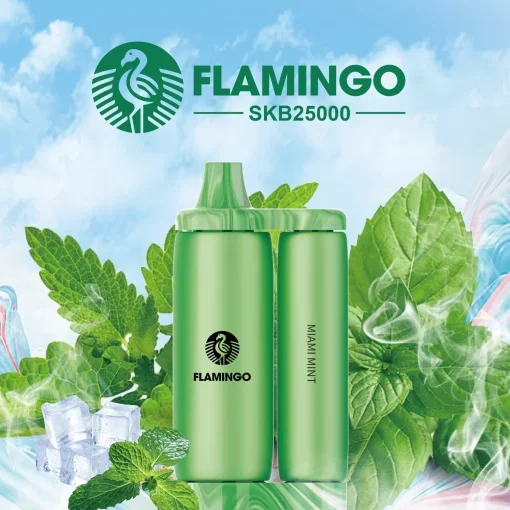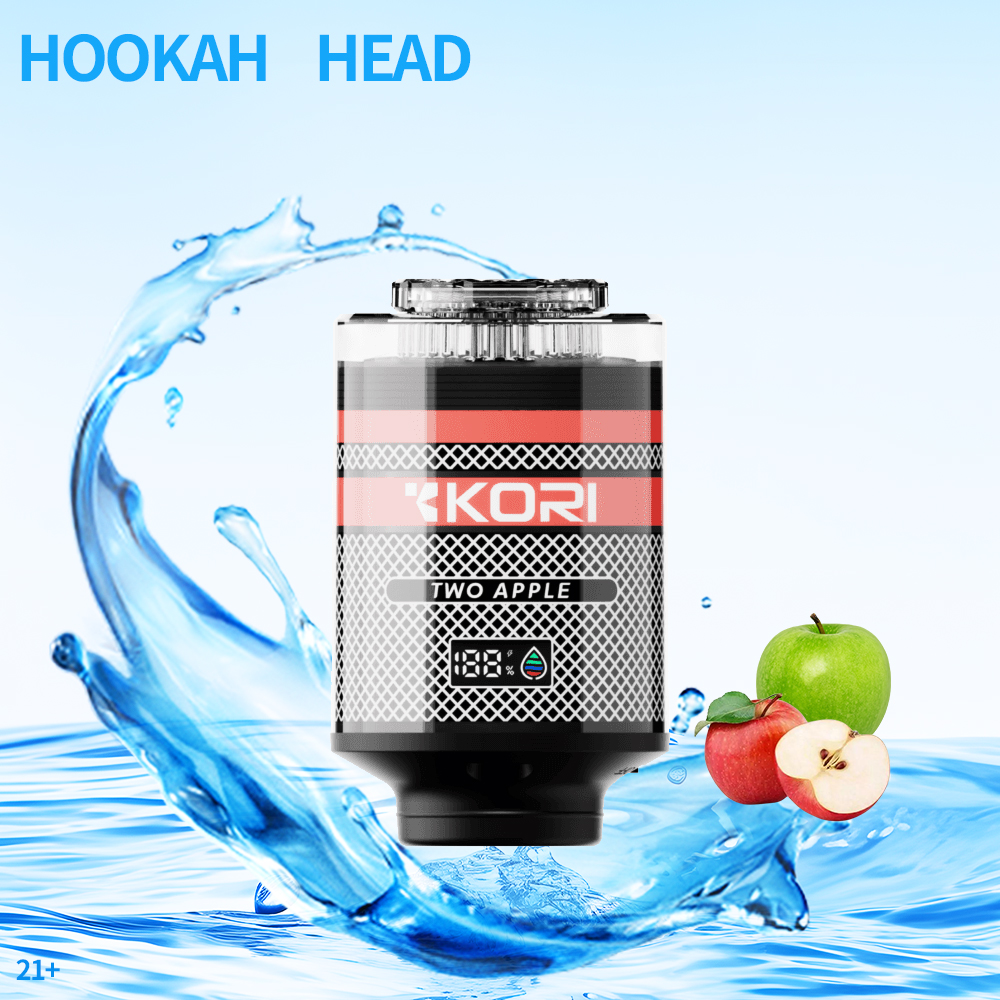The Rise of Vaping: An In-Depth Look at Its Popularity and Future Trends
In recent years, the smoke and vape industry has experienced a remarkable transformation. With traditional smoking being on a steady decline, vaping has surged in popularity, entrenching itself as a cultural phenomenon. In this article, we will explore the various factors contributing to the rise of vaping, delve into its current trends, and speculate on its future in the context of health, regulation, and consumer preferences.
The Appeal of Vaping
First and foremost, the appeal of vaping revolves around the wide range of flavors and experiences it offers compared to traditional tobacco products. Vaping allows users to enjoy their habits in a more customizable manner. With options ranging from fruity to dessert-like flavors, there’s something for everyone. This flavor diversity is particularly attractive to younger demographics, aiming to differentiate vaping from traditional smoking, which is often associated with unpleasant tastes and odors.
Moreover, many perceive vaping as a healthier alternative to smoking. Although this notion is subject to debate, a significant number of vapers believe that switching from traditional cigarettes to vaping reduces health risks, particularly concerning lung diseases and cancer. This perception has played a crucial role in compelling smokers to make the switch.
Market Growth
The vaping market has seen exponential growth over the last decade. According to industry reports, the global vaping market size was valued at approximately $15 billion in 2020 and is projected to reach over $40 billion by 2026. This uptick is fueled by technological advancements, innovative product designs, and aggressive marketing strategies aimed at both existing smokers and new users.
Key players in the industry, including JUUL, Vuse, and Smok, have carved out substantial market shares. Their products cater to a variety of user preferences, enhancing accessibility and promoting higher adoption rates. In addition, the emergence of new brands continuously enriches the competitive landscape, prompting existing companies to innovate and improve their offerings.
Health Perspectives
The health implications of vaping remain a focal point of public discourse. While health authorities in some regions view vaping as a harm reduction tool for adult smokers, there exists a contrasting narrative addressing the potential risks associated with vaping, especially for younger users.
Studies have suggested that while vaping may reduce exposure to harmful tar and chemicals found in traditional cigarettes, it is not entirely free from risks. Popular concerns include the health impact of inhaling vaporized liquids, some containing nicotine, and the potential for vaping to act as a gateway to traditional tobacco use among youth. The balance between promoting vaping as a safer alternative for smokers while protecting youth from nicotine addiction illustrates the complexity of public health messaging.
Regulatory Landscape
The regulatory environment surrounding vaping is rapidly evolving. Different countries adopt varying stances on vaping products, with some embracing it as a smoking cessation aid while others impose stringent regulations. For instance, in places like the United States, the Food and Drug Administration (FDA) has begun implementing policies targeting flavored vape products to curb youth usage, reflecting growing public concern over the demographic's exposure to nicotine.
In contrast, the UK has positioned vaping as a crucial component of its public health strategy, encouraging smokers to switch as part of its comprehensive tobacco control efforts. This divergence in regulatory approaches indicates a global debate over how best to manage the vaping landscape, weighing the potential benefits for adult smokers against the risks for young people.
Current Trends in Vaping
As the smoking alternative continues to evolve, several trends have emerged within the vaping community. A major trend is the rise of disposable vape pens. These convenient devices are favored for their ease of use and portability, making them popular among casual users. Brands like Puff Bar have gained traction due to their appealing flavors and low cost, further democratizing access to vaping.
Another significant trend is the growing interest in CBD and THC vapes. As legalization expands, many users are turning to vaping as a delivery method for cannabinoids, believing it provides a smoother and more efficient experience. This shift indicates a broader cultural acceptance of cannabis consumption and its related products, which directly impacts the vaping market.
The Role of Social Media and Influencers
In the digital age, social media plays an instrumental role in shaping public perception of vaping. Platforms like Instagram, TikTok, and YouTube are teeming with influencers promoting vaping cultures, showcasing new products, and sharing their experiences with diverse vaping devices. This not only drives brand awareness but also cultivates an engaged community of vapers who share their tips, tricks, and preferences online.
While this engagement offers brands valuable opportunities for marketing, it also raises concerns about the promotion of vaping to young audiences. Consequently, many platforms have introduced stricter advertising guidelines to address these concerns, reflecting the ongoing challenge of balancing brand promotion with public health responsibilities.
The Future of Vaping
Looking ahead, the future of vaping will likely be shaped by innovations in technology, product offerings, and regulatory frameworks. One exciting development is the introduction of smart vaping devices that can track usage patterns and offer personalized experiences. These innovations aim to create a more user-friendly experience and tailor products to meet individual preferences.
Additionally, the continued focus on research related to the health effects of vaping will influence consumer attitudes and regulatory decisions. As more data becomes available, vaping products may undergo significant changes aimed at enhancing safety and reducing health risks. The demographic dynamics of vaping will also shift, with evolving preferences and attitudes influencing product development.
In summary, the rise of vaping represents a significant shift within the smoke and vape industry. While it offers intriguing prospects as an alternative for smokers, the broader implications for health, youth usage, and regulatory environments will continue to develop. As the landscape evolves, one thing remains clear: vaping is more than just a trend; it’s a complex cultural phenomenon that demands ongoing dialogue and scrutiny.





